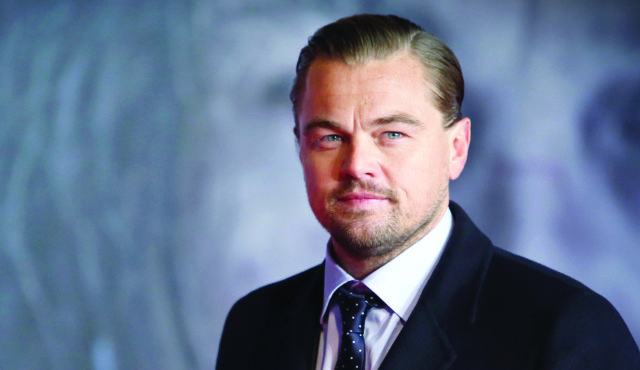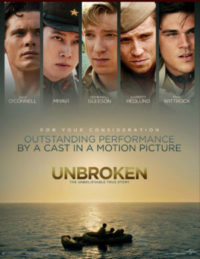
Just when you thought Italian Americans were free to move about the country without being dogged by stereotypes of criminality and buffoonery, the creators of “The Sopranos” and “Jersey Shore” have us running for cover again.
According to Deadline.com, New Line has purchased the screenplay to a “Sopranos” prequel penned by the series creators. Set against the backdrop of the Newark riots in the 1960s, the film is expected to pit younger versions of the HBO show’s older generation of mobsters against their African-American counterparts in a gangland bloodfest.
Meanwhile, MTV is doubling down on its commitment to casting Italian Americans as hard-partying, hard-bodied airheads by reviving “Jersey Shore” while renewing “Jersey Shore Family Vacation” for a second season.
How profoundly sad is that?
Like pigs to slop, Italian Americans on both sides of the camera in these misbegotten cinematic endeavors are content to wallow in self-denigration while the vast majority of their paesani earn an honest living.
Luckily for our good name, there’s more than just a ray of hope in this wearisome uptick in negative portrayals.
There has been a veritable sunburst in recent years of books and films that cast our community and its contributions in a far more positive light. Three of those have been spotlighted in the last two issues alone.

In April, we were honored to profile Giuseppe Lella, a teenager in Italy during World War II who first worked to spirit Italian Jews past Nazi checkpoints into Switzerland, and then snuck crucial intel to the Allies while serving as a personal driver for a Nazi general.
Lella’s life has been given a lightly fictionalized treatment in the novel “Beneath a Scarlet Sky” by Mark Sullivan, and is destined for the silver screen in a movie starring “Spider-Man” star Tom Holland.
This month, we profiled Tony Vaccaro, an Italian American who took some of the most compelling photos of World War II while battling his way across Europe as a foot soldier in the U.S. Army. (See page 21.)
His life story can be readily accessed on iTunes and HBO On Demand thanks to the 2016 documentary “Underfire,” directed by Max Lewkowicz.
Paving the way for these celebrations of Italian-American bravery were the 2010 book and 2014 film “Unbroken,” which recount the wartime travails of Louis Zamperini. A U.S. Olympian and Army Air Force officer during World War II, Zamperini survived on a raft for 47 days after his bomber crash-landed in the ocean, only to be retrieved by the Japanese and incarcerated in a series of prison camps.
 (I like to think that the Italian American Veterans Museum got the ball rolling in 2009 with the release of “5000 Miles From Home,” our award-winning documentary about the impact of World War II on the Chicago-area Italian-American community. I fear, however, that I might be overestimating the film’s impact on America’s cinematic zeitgeist.)
(I like to think that the Italian American Veterans Museum got the ball rolling in 2009 with the release of “5000 Miles From Home,” our award-winning documentary about the impact of World War II on the Chicago-area Italian-American community. I fear, however, that I might be overestimating the film’s impact on America’s cinematic zeitgeist.)
The great-granddaddy of this renaissance of positive portrayals has to be Leonard da Vinci, whose genius has echoed through the centuries and earned an ever-expanding place in popular culture in recent decades. Fra Noi correspondent Pam DeFiglio tracks that rise in an eye-opening Insights piece on page 36.
Da Vinci’s modern rinascimento will reach its full flowering with the release sometime next year of Leonardo DiCaprio’s film version of Mark Isaacson’s best-selling biography, which Pam reviews on page 18.
Our wartime heroics and renaissance legacy are deep wells from which Hollywood has finally begun to draw, and we boast vast reservoirs of other accomplishments capable of sustaining the industry for the foreseeable future.
One can only hope that the tired old stereotypes die of thirst in the process.
The above appeared in the May issue of the print version of Fra Noi. Our gorgeous, monthly magazine contains a veritable feast of news and views, profiles and features, entertainment and culture. To subscribe, click here.
 Fra Noi Embrace Your Inner Italian
Fra Noi Embrace Your Inner Italian






